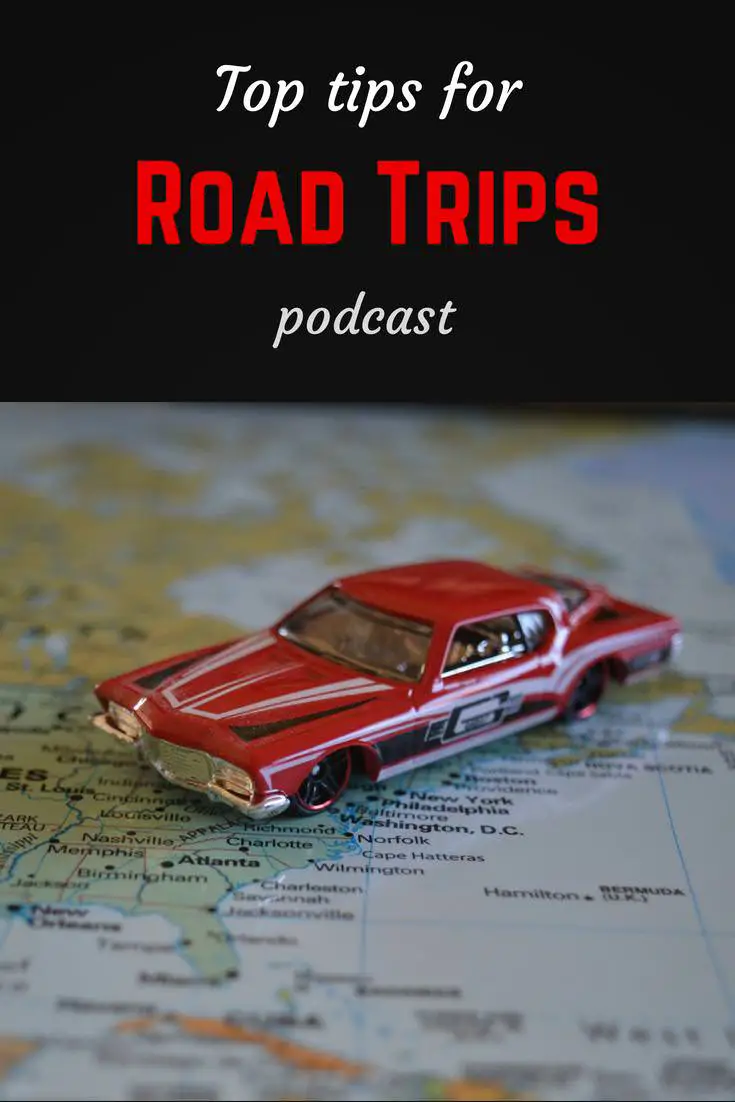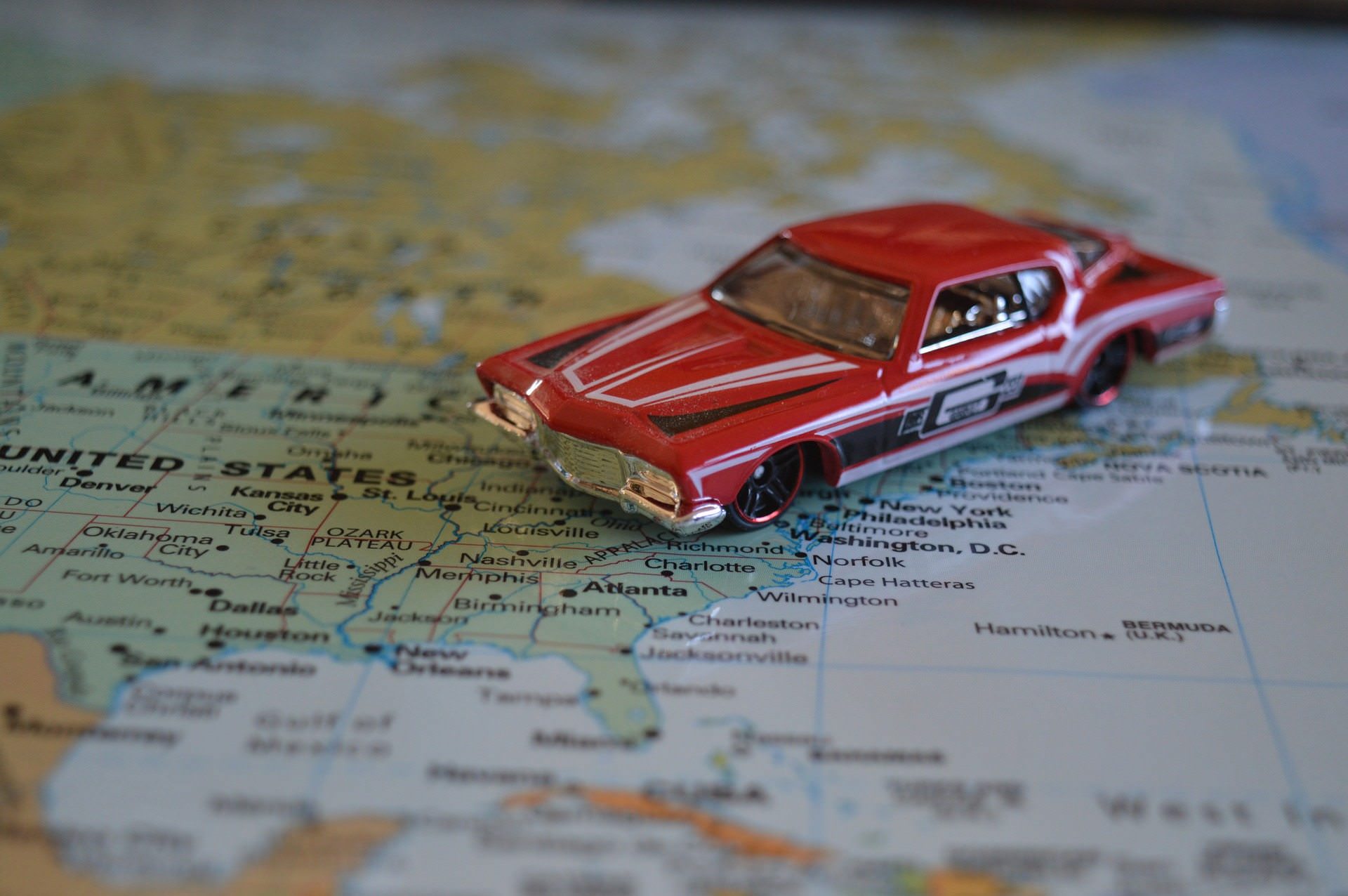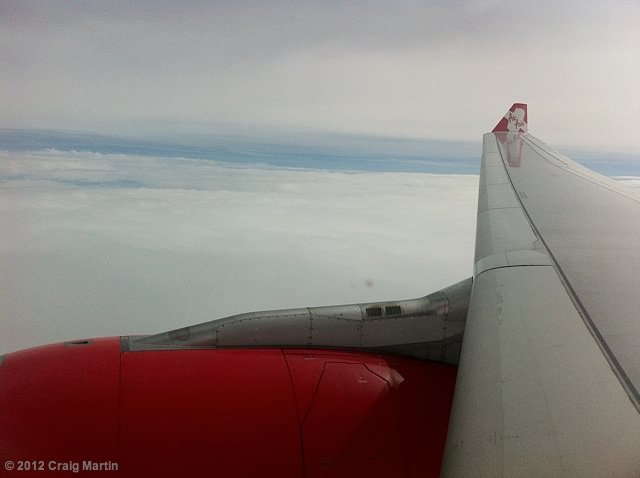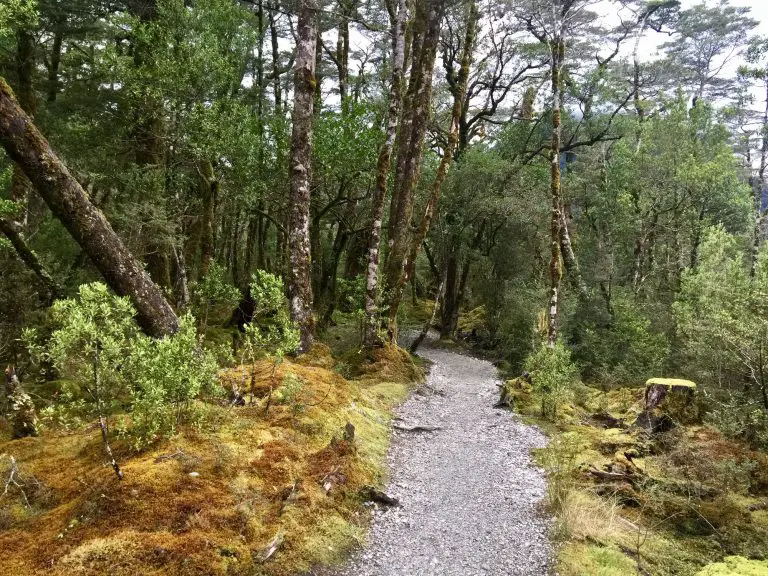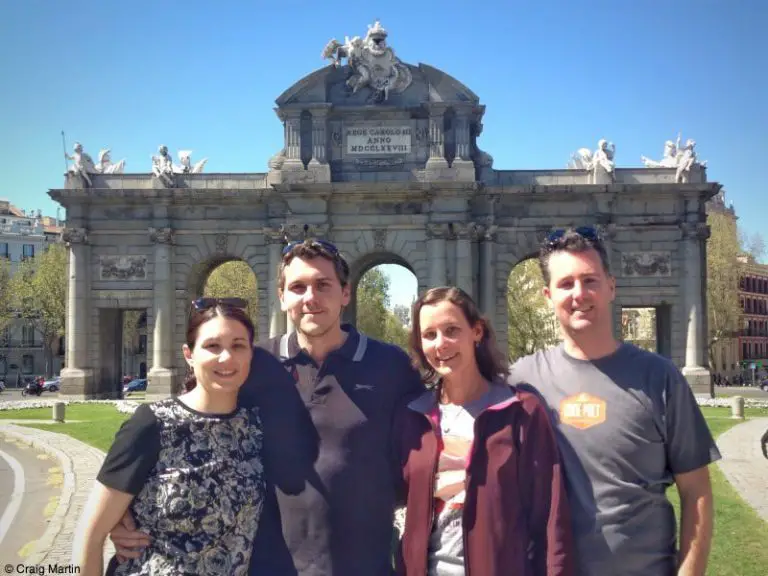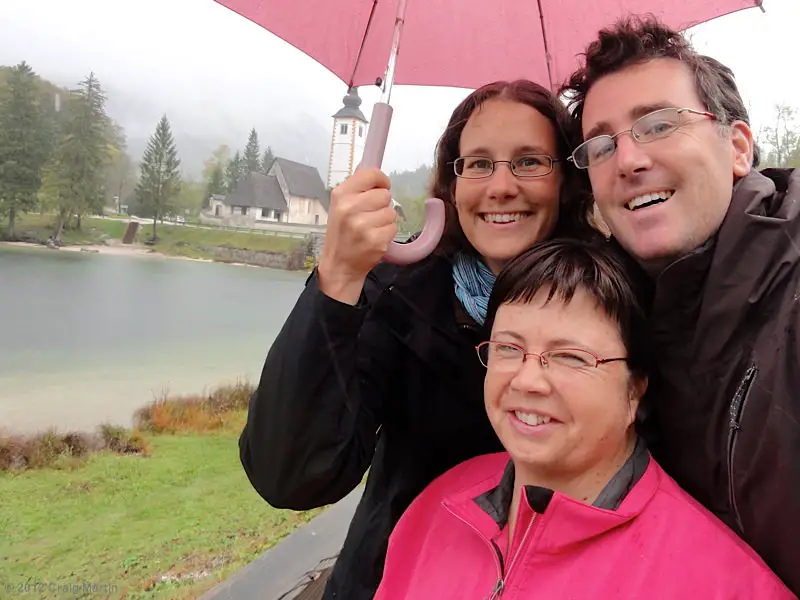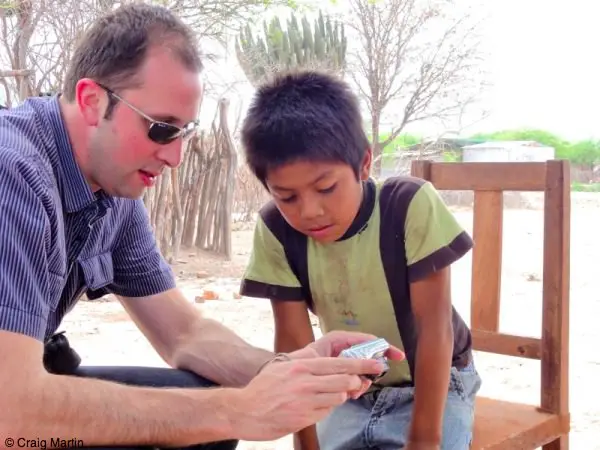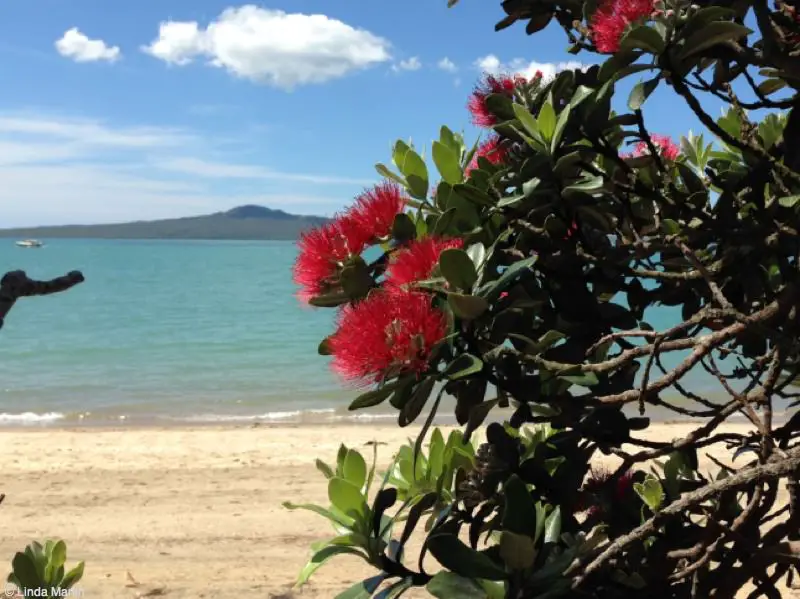Top tips for road trips podcast
For some, a road trip is the ultimate adventure, a way to explore your destination with ultimate flexibility. You can change your plans on the fly, stop somewhere for longer or move on if you’re not enchanted, and you can often fit a lot more into your itinerary than many other types of travel.
Plus, a road trip is something you can do at short notice, close to home or far from it. It’s one of our favourite ways to see the world, and you’re sure to enjoy it too.
Like any trip, a journey by road will benefit from a bit of planning! Here’s our ultimate guide to road tripping.
To listen, hit play below or find episode 356 in iTunes, Stitcher or Soundcloud:
Before you go
Choose your destination
One of the first decisions you’re going to have to make is: where will you go on your road trip? Do you want to stay close to home, or are you planning an international journey? This choice will be affected by the vehicle you plan to use, your budget, your timeframe, and your travelling companions’ preferences.

Choose your vehicle
If you’re planning a trip in your own area and you have a car, it makes sense to use it! Some of our favourite journeys have been around our own country of New Zealand, using cars that we or our friends owned.
However, if you’ll be travelling overseas or in a different part of your country, you’ll need to source a vehicle.
Hiring a car is often the best way forward in this situation, though in New Zealand we often recommend people buy a car if they’ll be there for more than a couple of months.
As always when hiring a car, consider what size vehicle you want, considering both comfort and price. We did a small road trip last year in Craig’s sister’s Toyota Ist — it was perfect for three people, but would have been a squeeze with four. A friend of ours hired a Cadillac to road trip down Route 66 — great for space and comfort, but perhaps not the best for fuel economy. You may even choose a motorbike or scooter for your journey!
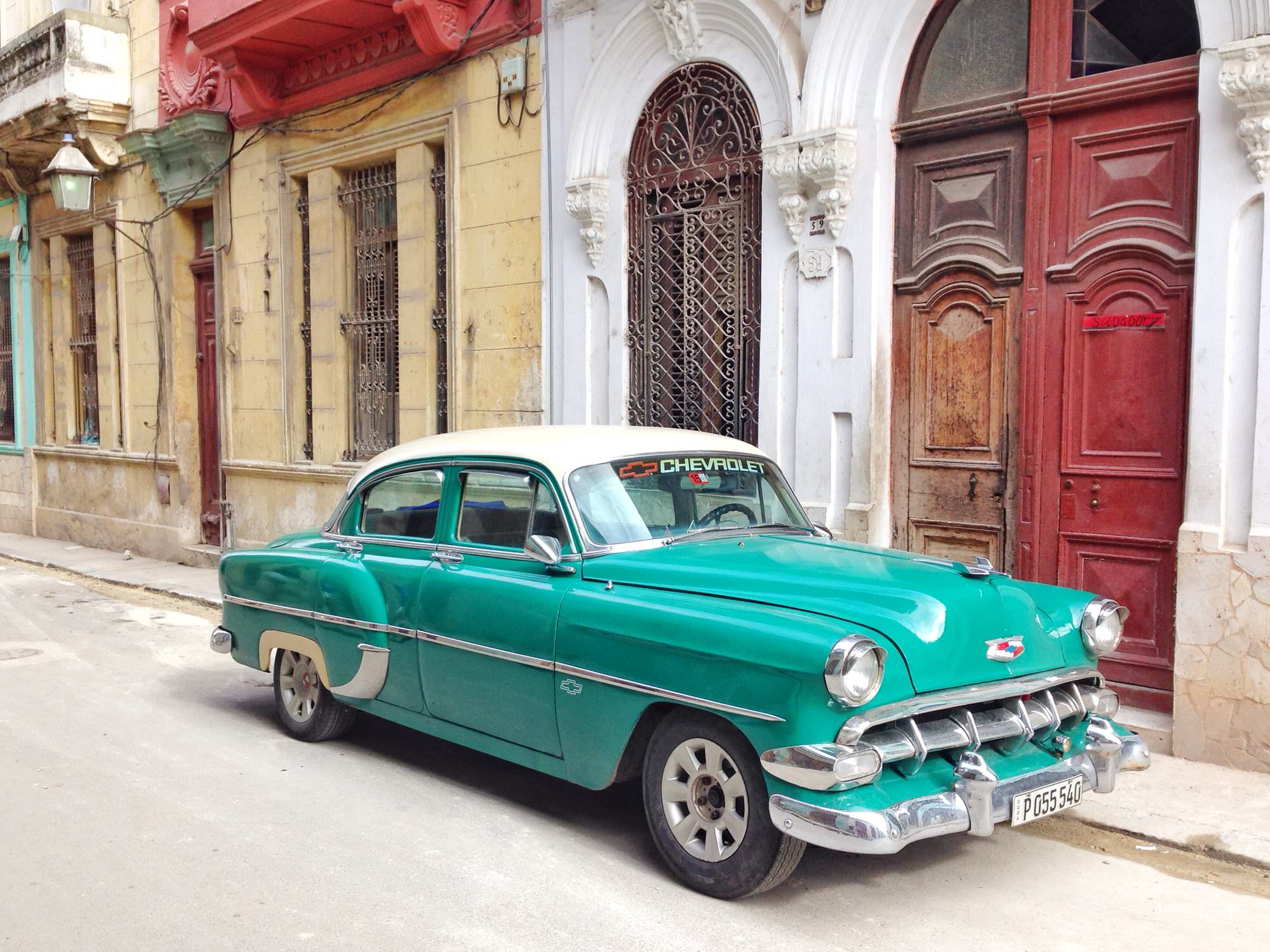
If you’ll be hiring a campervan, we recommend choosing the smallest one that will suit your needs. Larger vans will use more gas, and are often more cumbersome to drive. We love tiny campers like Spaceships vans, because they drive like a car but are also comfortable to sleep in.
Book a Spaceship Camper
If we’re aware of it, we’ll update promotions in the tabs below. You can also compare all campers in New Zealand, Australia and the campers and motorhomes in the UK to see if Spaceships is right for you.
We have detailed tips and comparisons for Spaceships New Zealand, Spaceships Australia, and Spaceships UK.
We’ve hired Spaceship Campers since 2011 (and most recently for Easter 2022), so we’ve seen a lot of them! If you have questions that aren’t answered here, please ask in the comments.
15% early-bird discount on now!
Book now and get 10% off campervan & motorhome hire.
- Pick up and drop off in London or Edinburgh
Here’s the most-recent Spaceships Australia deals.
Also consider the price of accommodation. A camper might seem like a good way to save money on lodging, but once you take into account the extra hirage fees and fuel costs, it might work out cheaper to stay in hostels, hotels and motels. This is especially true in countries that don’t allow you to sleep in your vehicle in most areas.
In New Zealand, we often travel in our own car, and pack a tent — there are plenty of places to camp around the country, and we combine camping with other forms of accommodation throughout the journey.
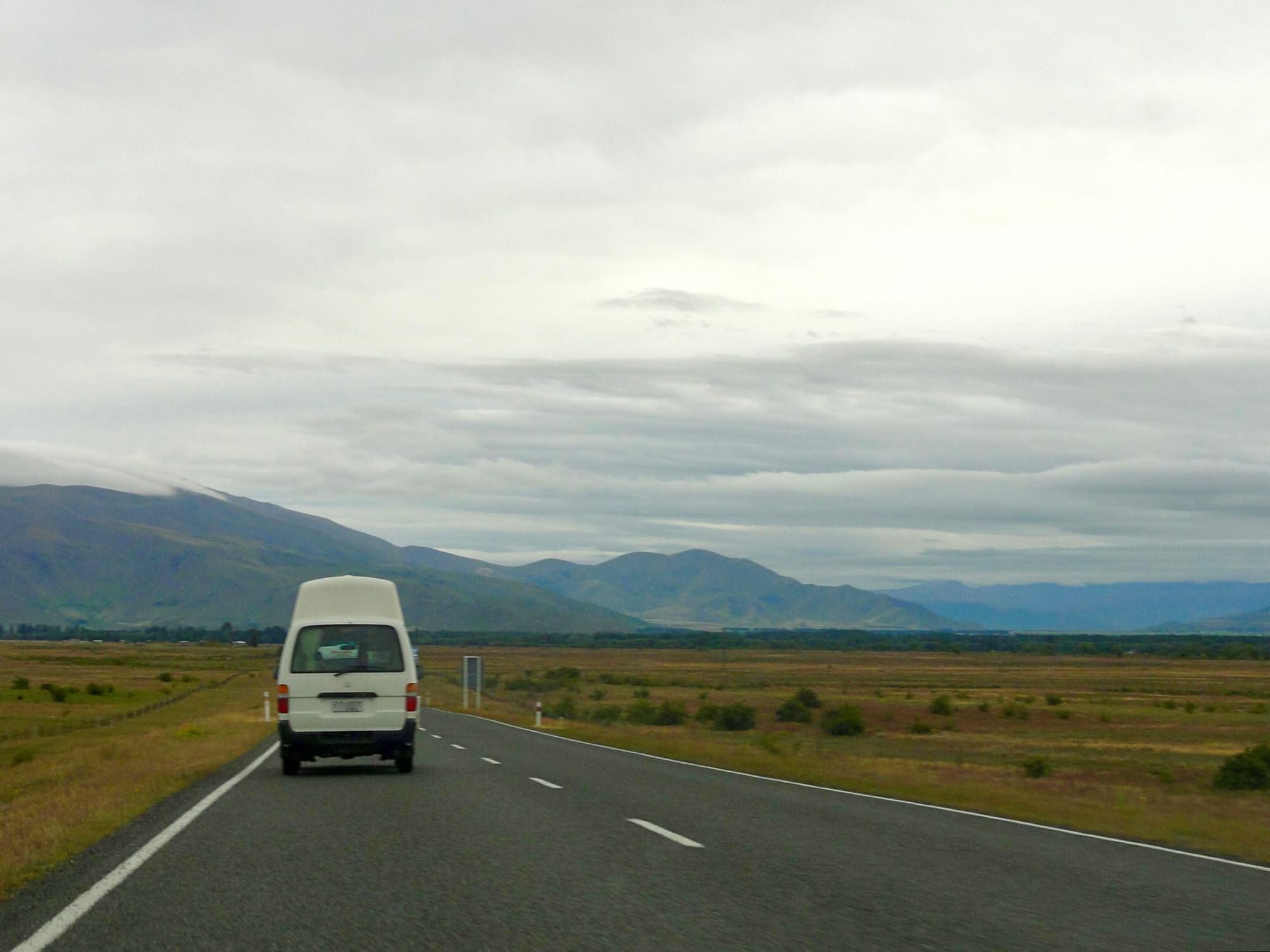
Plan the route
Depending on your journey, you may want to plan the trip in more or less detail! However, it may help to have an aim in mind.
You could plan your road trip around:
- Getting to a certain location
- Attending an event (e.g. Burning Man)
- Visiting a few points of interest
- Visiting people
Time will also play an important part in your road trip route planning — you can certainly see more the more time you have.
The vehicle you have will also influence your itinerary to some extent. If you’re driving your own car, you’ll probably want to plan a circular route so you end up back where you started — unless you’re relocating! If you’re hiring a car, a circular route could be convenient too, and you’d avoid the one-way fees many car hire companies charge.
If you find a relocation deal (like we did late last year) your journey will be influenced by the pick up and drop off points, and the amount of time you have to return the vehicle.
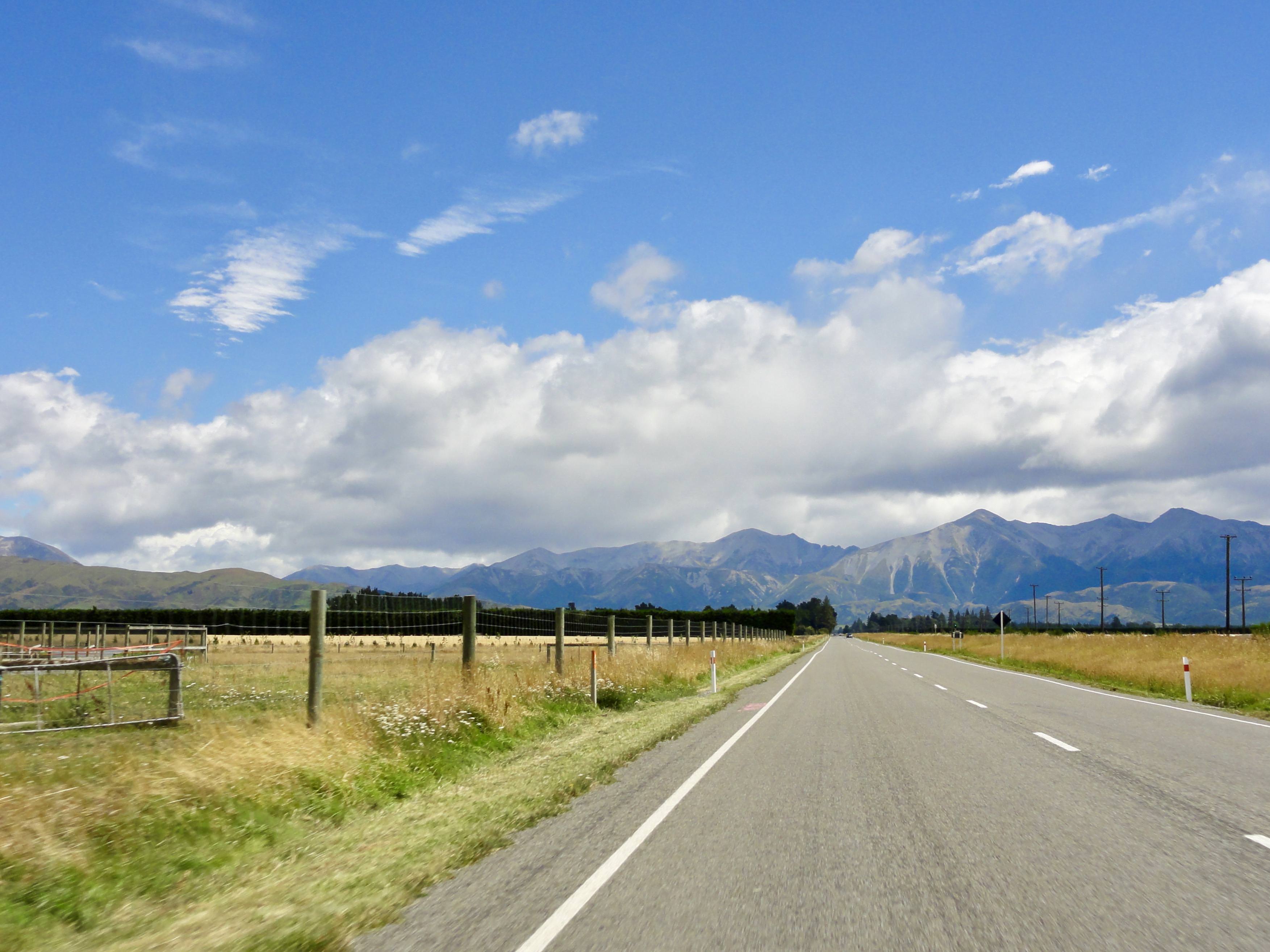
Get a map
It may be helpful to use a paper map to plan your route. Circle the places you’d most like to visit, and consider the distance and travel time between them. Then schedule out a rough plan to make sure you have enough days in your itinerary to do it all!
We often use Google Maps to get an idea of the best route from place to place, as well as an estimated travel time. You can also use road trip planning services like Trippy, but be aware that they aren’t always accurate — Trippy didn’t seem to know there was a three-hour ferry trip between New Zealand’s two main islands, for example.
Planning example
On our recent road trip, we had just four days to travel from Christchurch to Auckland, and we wanted to visit friends and family in Wellington, Gisborne, Tauranga, and Thames. We used Google Maps to get an idea of travel times, then scheduled in our overnight stops. From there, we arranged to meet people for various different meals (or stayed with them) and had a look for points of interest along the way that we could add to the itinerary. Plus, of course, we stopped in at attractions that caught our interest along the way. (Full disclosure: mostly wineries.)
Some examples of road trips you might like to try:
- Route 66, USA
- NZ top to bottom
- Iceland circle
- Canada cross-country
- Tuktuk run, India
- Mongol rally (UK to Mongolia)
- Europe exploration
- USA round trip (if you have three months or more)
- Land’s End to John O’Groats, UK
- Camino de Santiago, Spain
- The Silk road
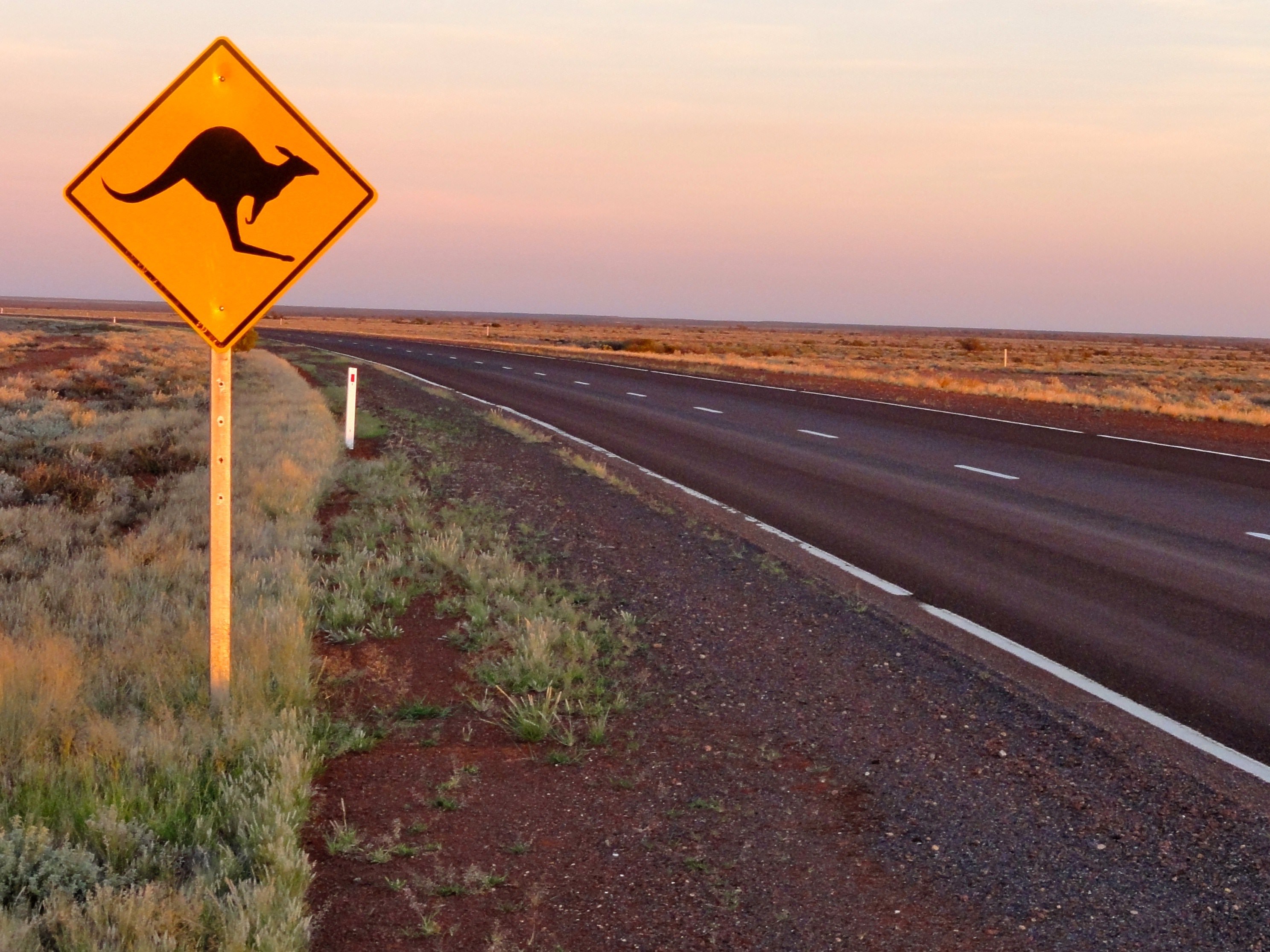
Research
It’s worth doing some research before you go!
Vehicle considerations:
- Price and availability of petrol
- Toll roads: price, payment method
- Road rules that differ from what you’re used to
- What will you do if there’s an accident or something goes wrong with the car? Do you have access to roadside assistance?
- If you’re crossing international borders, do you need different insurance or a special toll sticker? Can you even take the vehicle out of the country?
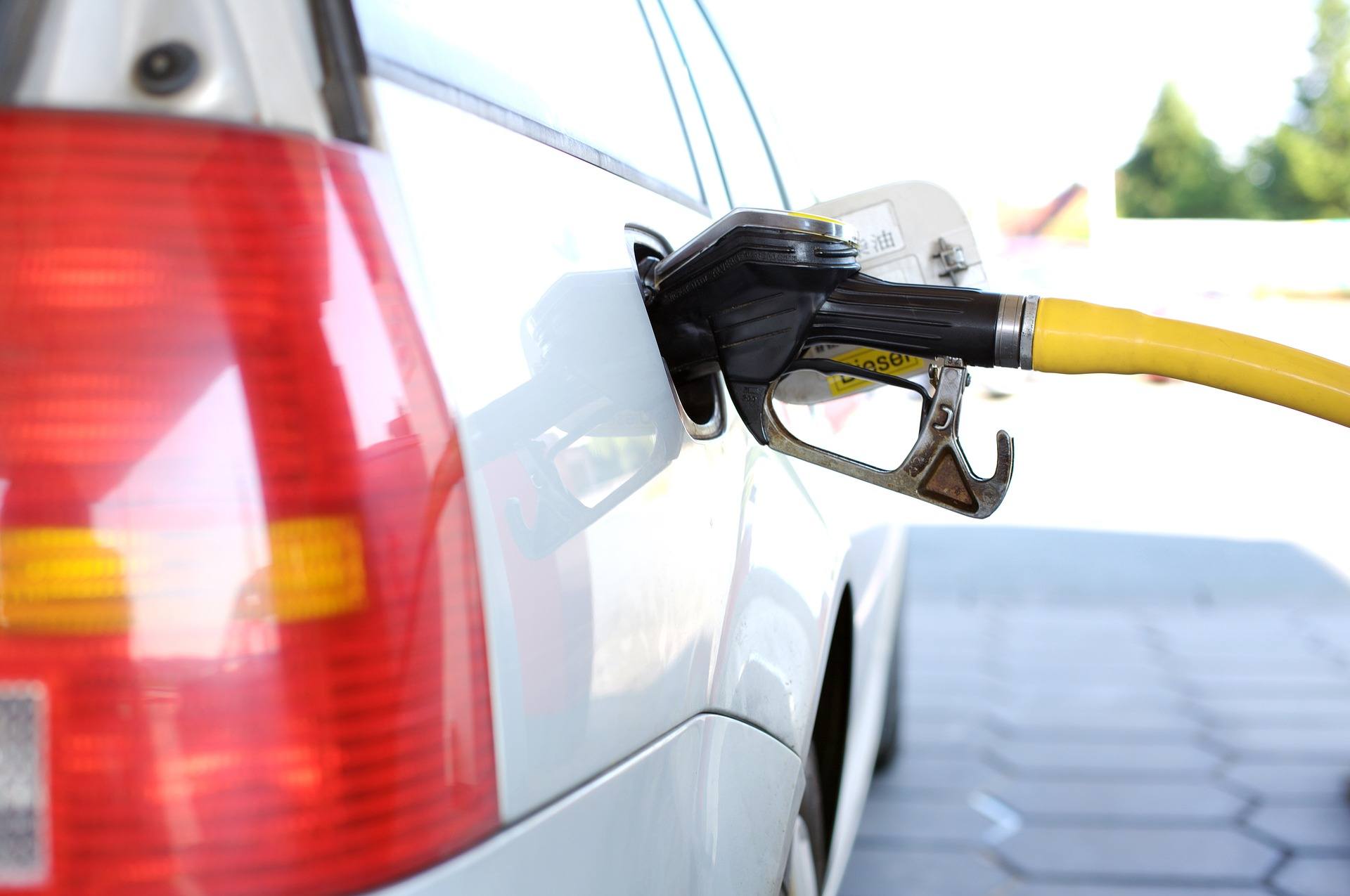
Along the route
Also have a look along your route for availability of food (restaurants and supermarkets) and accommodation, so you can prepare accordingly, as well as making note of any interesting attractions along your route.
On the road
Accommodation
Of course, this will vary wildly depending on your road trip destination, but on the whole it’s a lot easier in the days of mobile access to the internet! You can hop online and book a place an hour before you arrive in some cases, and you can also use old-school paper guidebooks or directories and call to reserve a room. Booking.com, AirBnb, Couchsurfing, and campsites are all good options to consider.
Before you go though, have a look into the general availability and type of accommodation in the area you’re going to, as well as checking the price range. Look into public holidays in your destination and surrounding areas, as this will impact your chance of getting a room!
Also check the rules around freedom camping (which includes sleeping in your vehicle on the side of the road) and consider taking a tent if campsites are widely available.

Abbreviated road trip packing list
- Chilly bin or cooler bag (if you don’t have a fridge)
- Tent/mats/sleeping bag
- Bucket for washing up
- Dishwashing liquid, tea towel
- Plates, cutlery etc.
- Camping stove
- Clothes, toiletries and personal items
- Rubbish bag
- Snacks such as muesli bars, easy-to-eat fruit
- Water
- A spare petrol container if necessary
- Phone with GPS and music, plus cables and battery pack if needed
- Bluetooth speaker (if your phone doesn’t connect to the car’s stereo system
- Food for road trip meals, such as sandwiches, or supermarket roast chicken and salad
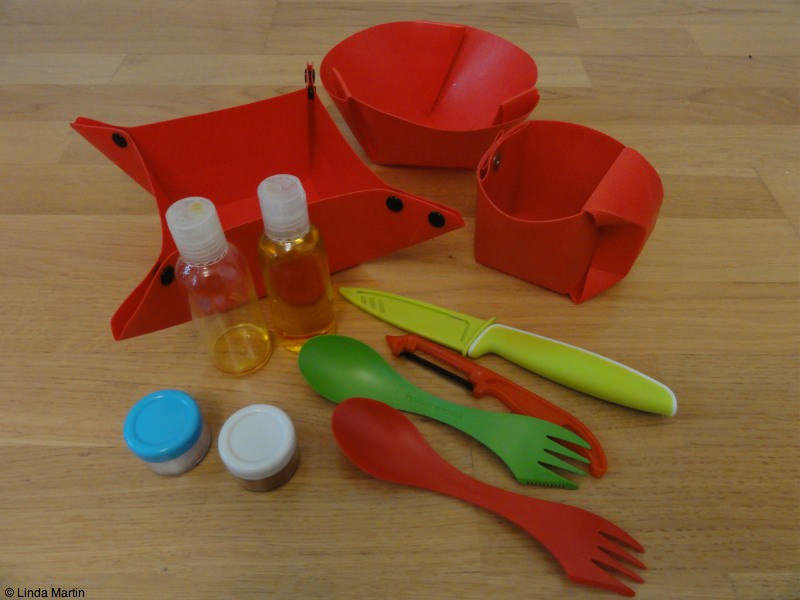
Tips for getting the most out of your road trip
Since you’ll likely be travelling with other people, make sure to communicate and negotiate as much as you can, so that everyone is on the same page. Decide a rough budget and a general plan for meals — for example, you might plan to eat in a cafe or restaurant once a day, and stock up at a supermarket for other meals. Agree when to splurge, and how often.
When driving, plan a stop every couple of hours and switch driver often if possible. Remind yourself and the driver of road rules, and keep to the speed limit!
Make sure to plan some entertainment for your journey, whether that’s music, podcasts, local radio, ebooks, or just the scintillating conversation of your road trip companions.
Road trips are awesome! What are your top tips for having the best road trip experience? Leave a comment below.
This episode of the Indie Travel Podcast is sponsored by AutoSlash. AutoSlash is the #1 site for getting a great deal on a car rental. They figure out the best coupons and discount codes to get you the lowest rate possible, and then track prices on your rental right until the day you pick up the car. If they find a lower rate, they email you so you can lock in the savings. It’s like price protection on your rental. They can even track the price of rentals made on other websites. Autoslash has saved customers millions of dollars on car rentals. Give it a try on your next booking!
